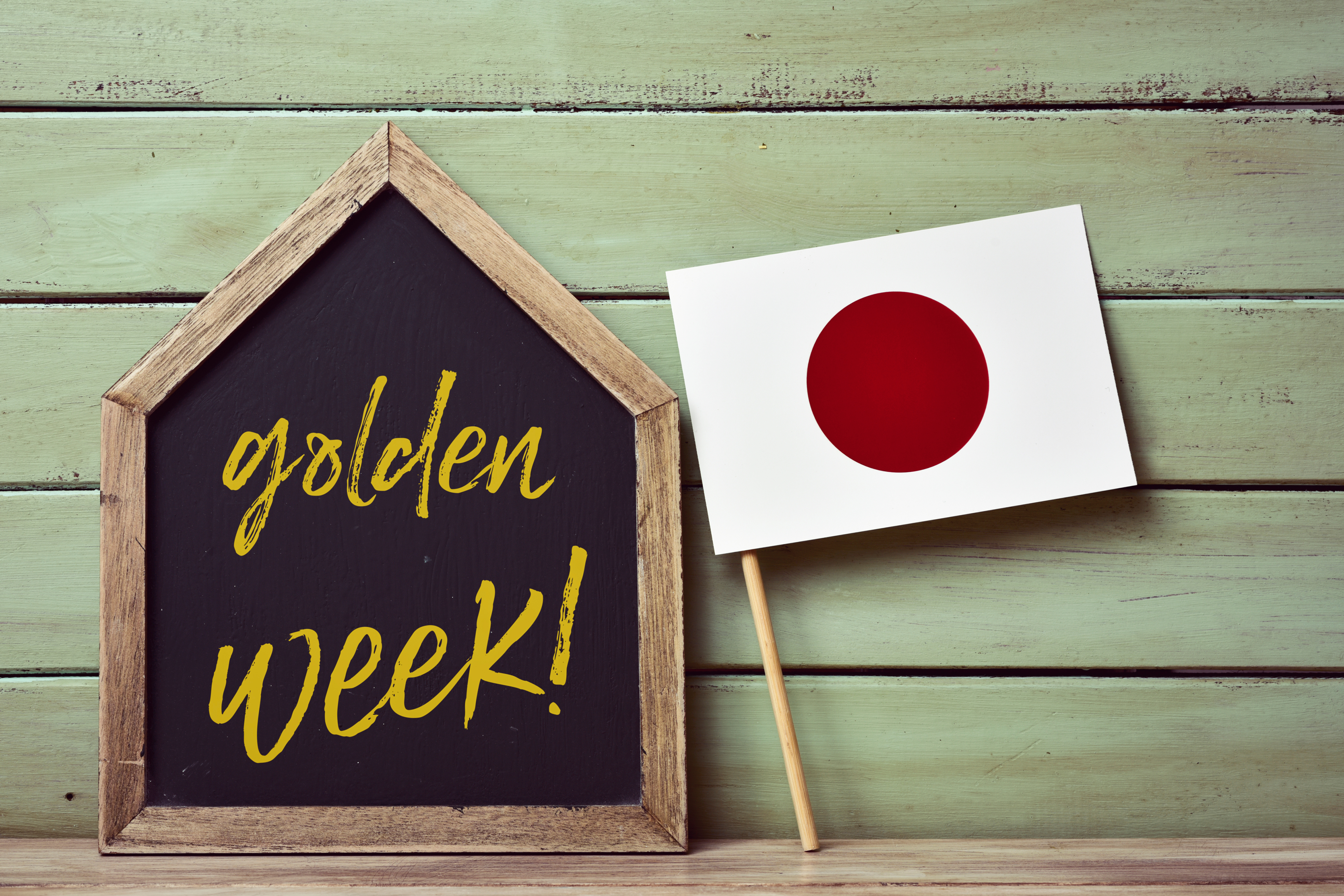
Vocabulary:
I will read the words, meanings, and sample sentences. Then, repeat after me.
- strategically /struh-TEE-juh-klee/
- observe /uhb-ZURV/
- constitution /kon-sti-TOO-shuhn/
- prosperity /pro-SPER-i-tee/
- coincide /koh-in-SAHYD/
[adverb] – in a way that relates to the achievement of long-term or overall aims and interests
The seats are strategically placed for maximal viewing.
[verb] – to obey a law or rule, or celebrate a holiday or religious event in a traditional way
Coming of Age Day is observed on the second Monday of January.
[noun] – the set of political principles by which a state or organization is governed, especially in relation to the rights of the people it governs
The US constitution was signed in 1787.
[noun] – the state of being successful and having a lot of money
I wish you nothing but happiness and prosperity in the coming year!
[verb] – to happen at or near the same time
His birthday coincides with Valentine’s Day.
Article reading:
Please read the whole article. Then, I will check your pronunciation and intonation.
The Golden Week, which began in 1948, is a seven-day period in Japan that includes four national holidays. Strategically placed next to weekends, the Golden Week becomes one of the country’s three busiest vacation seasons, with ideal spring weather that encourages travel and outdoor activities. The four holidays that make up the Golden Week are as follows:
April 29
Shōwa no Hi (Shōwa Day)
April 29 is the birthday of former Emperor Shōwa, who was Japan’s longest-reigning emperor from 1926 until the year of his death, 1989. Greenery Day was originally observed on this day until 2006.
May 3
Kenpo kinenbi (Constitution Day)
The new postwar constitution went into force on this day in 1947. The holiday is used to commemorate Japan’s history and learn more about its governance.
May 4
Midori no Hi (Greenery Day)
Greenery Day began as a way to honor Emperor Shōwa due to his love of nature. On this day, many parks and gardens, including Rikugien Garden and the Ueno Zoo, provide free admission.
May 5
Kodomo no Hi (Children’s Day)
Families pray for their sons’ health and future prosperity by hanging koinobori (flying carp kites) and displaying samurai figurines, both representing strength, power, and success on this day. Parks, public places, and Tokyo landmarks like the Tokyo Tower and Tokyo Skytree also display koinobori. Tango no Sekku (Boys’ Festival) coincides with this day, whereas the Hina Matsuri (Girls’/Dolls’ Festival) is celebrated on March 3.
There is much to be done in one week with such a string of consecutive holidays. How would you celebrate the Golden Week this year?
April 29
Shōwa no Hi (Shōwa Day)
April 29 is the birthday of former Emperor Shōwa, who was Japan’s longest-reigning emperor from 1926 until the year of his death, 1989. Greenery Day was originally observed on this day until 2006.
May 3
Kenpo kinenbi (Constitution Day)
The new postwar constitution went into force on this day in 1947. The holiday is used to commemorate Japan’s history and learn more about its governance.
May 4
Midori no Hi (Greenery Day)
Greenery Day began as a way to honor Emperor Shōwa due to his love of nature. On this day, many parks and gardens, including Rikugien Garden and the Ueno Zoo, provide free admission.
May 5
Kodomo no Hi (Children’s Day)
Families pray for their sons’ health and future prosperity by hanging koinobori (flying carp kites) and displaying samurai figurines, both representing strength, power, and success on this day. Parks, public places, and Tokyo landmarks like the Tokyo Tower and Tokyo Skytree also display koinobori. Tango no Sekku (Boys’ Festival) coincides with this day, whereas the Hina Matsuri (Girls’/Dolls’ Festival) is celebrated on March 3.
There is much to be done in one week with such a string of consecutive holidays. How would you celebrate the Golden Week this year?
Discussion Questions:
I will read each question. Then, please answer them.
- Please share how you celebrate Golden Week.
- How was the Golden Week during the start of the pandemic?
- If possible, which holiday of the Golden Week would you remove/replace and why?
- Do many Japanese go on outdoor trips during the Golden Week?
- Which among the four holidays of the Golden Week do you enjoy the most and why?
Summarization
Please summarize the whole article using your own words and expressions. You will have one minute to prepare before you answer.
Describe:
Please explain the definition of each word listed below based on your understanding. You can provide example sentences if needed.
- ideal
- longest-reigning
- commemorate
- admission
- figurine